Contact

Giacomo Strapazzon
Head of Institutegiacomo.strapazzon@eurac.edu
Institute of Mountain Emergency Medicine
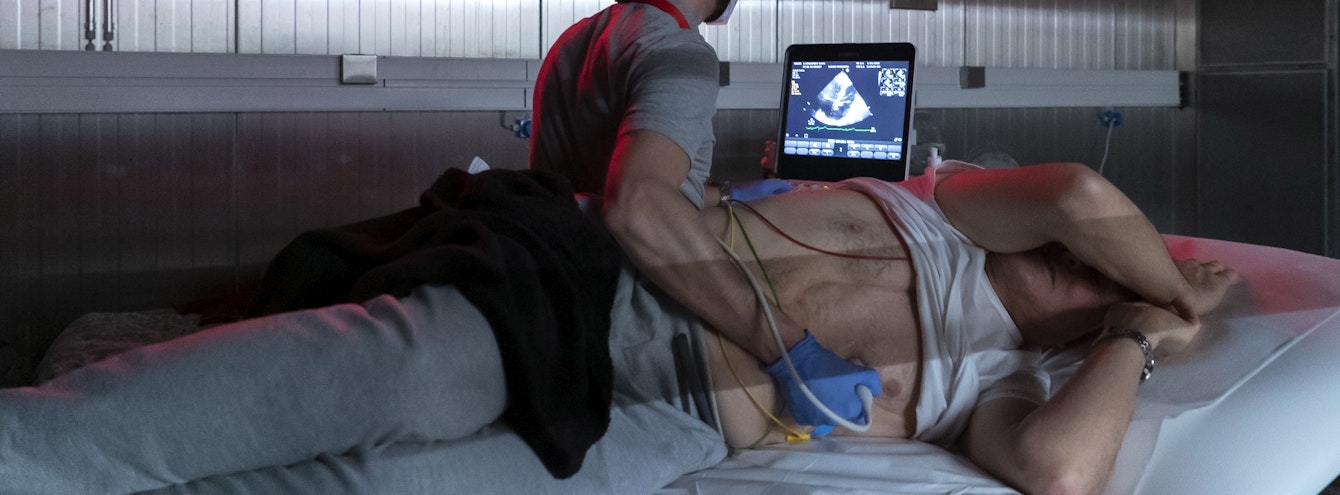 © Eurac Research | Annelie Bortolotti
© Eurac Research | Annelie BortolottiWhen a person reaches high altitudes, the body functions change in order to adapt to the changed environmental conditions. Lower air pressure and less oxygen as well as cold and wind trigger short-term reactions in the body – heart rate and ventilation change, for example. If a person remains at high altitude for a more extended period, he or she slowly acclimatises, and the body gradually adapts to the height. In the process, other mechanisms also come into play – for example, the volume of blood increases. Science analyses the connections between the body’s adaptations and the environmental conditions to which the human body is exposed.
In terraXcube scientists work under completely controlled conditions. The Large Cube offers space for up to 15 people with a maximum study duration of 45 days without interruption. The environmental factors can be used individually or in combination, depending on the study objective.
For studies on hypoxia (oxygen deficiency) terraXcube simulates normobaric or hypobaric hypoxia on request. At present, it is still unclear whether the human body reacts in the same way when it only has less oxygen available (normobaric hypoxia) or is additionally exposed to lower air pressure (hypobaric hypoxia). The studies in terraXcube should help to answer this question.
The vast dimensions of the Large Cube allow the simulation of entire emergency scenarios. Scientists are investigating how mental and physical performance changes under extreme conditions. Rescue personnel can train emergencies in the Cube under controlled conditions and test whether, for instance, resuscitation measures and the medical equipment used, work at high altitude and in extreme weather conditions.
The emergency case of hypothermia can also be simulated. Without letting the body temperature drop to critical values, researchers monitor the core body temperature of the participants during the studies, analyse metabolic processes and examine, for example, how much energy the body consumes under the influence of cold.

Head of Institutegiacomo.strapazzon@eurac.edu
Institute of Mountain Emergency Medicine
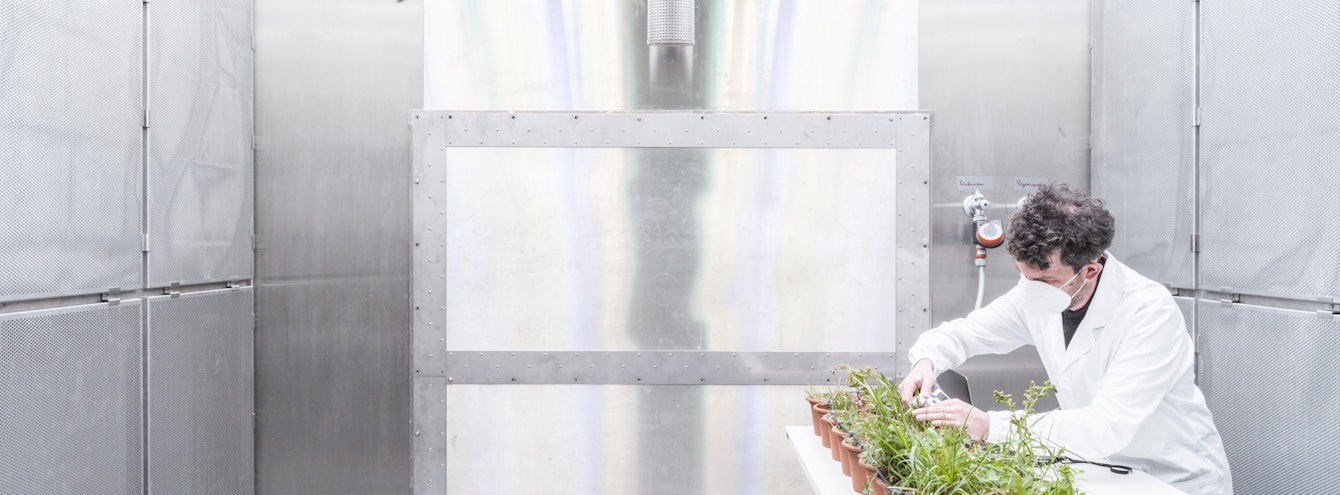 © Schirra/Giraldi
© Schirra/GiraldiField studies and experiments in a controlled environment – in climate chambers – are proven methods when scientists investigate how global change affects ecosystems. However, both approaches reach their limits when it comes to investigations under extreme conditions, such as those prevailing in high mountains or the polar regions.
Climate chambers simulate environmental conditions in a controlled and standardised way. Until now, it has not been possible to realistically reproduce high mountain conditions such as air pressure, solar radiation or low temperatures simultaneously.
Field studies, on the other hand, do take place under real conditions. However, the multitude of factors involved – such as rapidly changing weather conditions or human influences – makes it almost impossible for researchers to analyse the effect of a single factor.
terraXcube overcomes the limits of both approaches and gives environmental research completely new perspectives.

Senior Researchergeorg.niedrist@eurac.edu
Institute for Alpine Environment
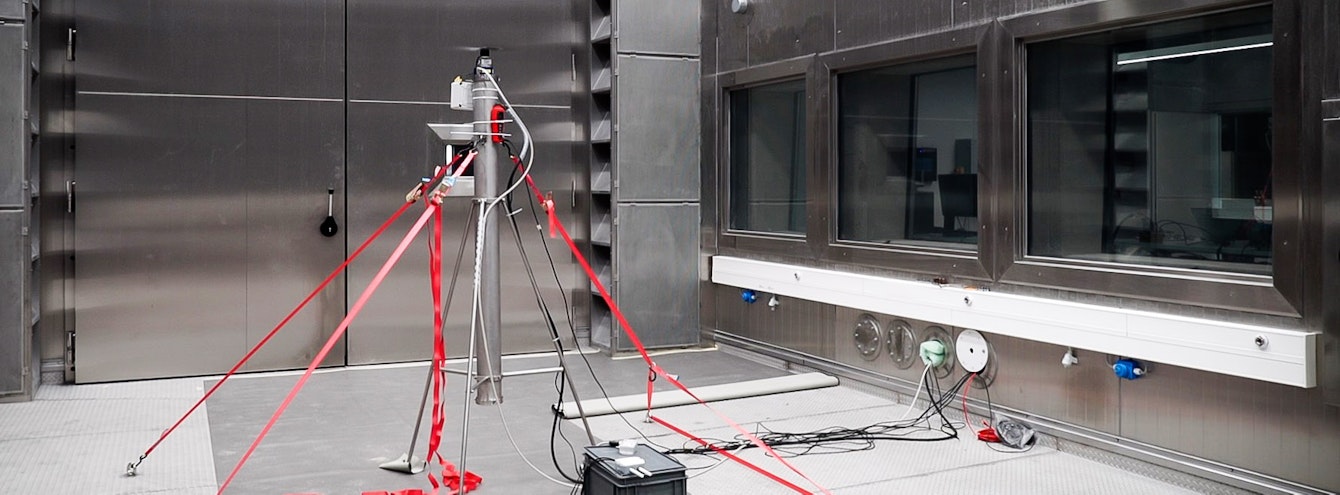
Remotely piloted aircraft (UAVs), commonly known as drones, are becoming ever more widespread in a variety of fields, such as recreational activities, precision farming, environmental monitoring and search and rescue operations.
In the world of aeronautics, one of the fastest growing and most highly invested in sectors is research & development.
However, testing the performance and functionality of various types of UAVs under extreme climatic conditions is complicated as test conditions are uncontrollable and economic risks can be excessive.
In the terraXcube, technical staff can simultaneously control multiple climate parameters and recreate perfectly reproducible test conditions. The following are given as particular examples:
Effects of temperature and pressure on thrust and torque by single and multi-rotor systems
applications of UAV systems in hostile environmental contexts
study of indoor navigation systems
anti-ice systems
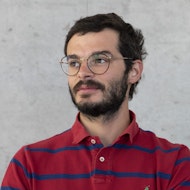
Research Group Leaderriccardo.parin@eurac.edu
terraXcube
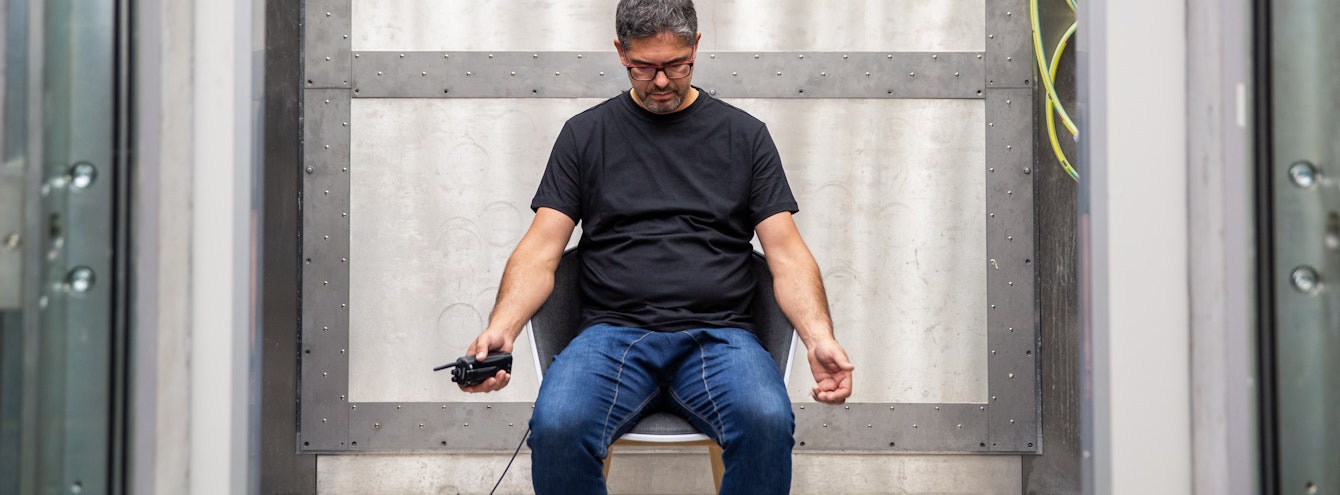 © Gaia Squarci for Energy-a
© Gaia Squarci for Energy-aHuman beings perceive their bodies and selves in relation to the context of their surroundings, feeling cold, hot, physically worn-out or mentally tired and causing reactions and promptness of reflexes to be affected. Therefore, being in extreme conditions has a strong impact on our cognitive experiences.
Over the years, scientific studies on the mind and brain have produced in-depth investigations and contributed to the advanced understanding of many processes underlying cognitive and brain functions. However, the majority of experiments in this field have been performed under highly artificial conditions.
Thanks to terraXcube technology, high altitude and extreme environmental conditions can be simulated in the Large Cube to reproduce situations similar to everyday life, enabling scientists and researchers to bridge the gap between laboratory research and real-world studies.
An important aspect is the study of perceived comfort, for example testing technical fabrics whilst performing sport or validating experimental models of theoretical prototypes.
In the terraXcube, cognitive functions such as attention and memory can be investigated at the same time as training activities. Other projects can focus on perception of the body in relation to environmental conditions.

Research Group Leaderriccardo.parin@eurac.edu
terraXcube
In order to give you a better service this site uses technical cookies. Additionally third party cookies are used for embedded content. If you decline, you will not see content from third parties (such as Youtube videos or Facebook/Twitter content). Privacy policy